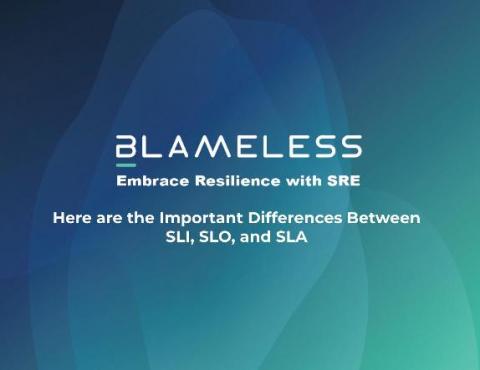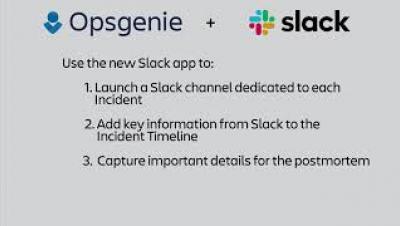Here are the Important Differences Between SLI, SLO, and SLA
When embarking on your SRE journey, it can seem daunting to decipher all the acronyms. What are SLOs versus SLAs? What’s the difference between SLIs and SLOs? In this blog post, we’ll cover what SLI, SLO, and SLA mean and how they contribute to your reliability goals.











